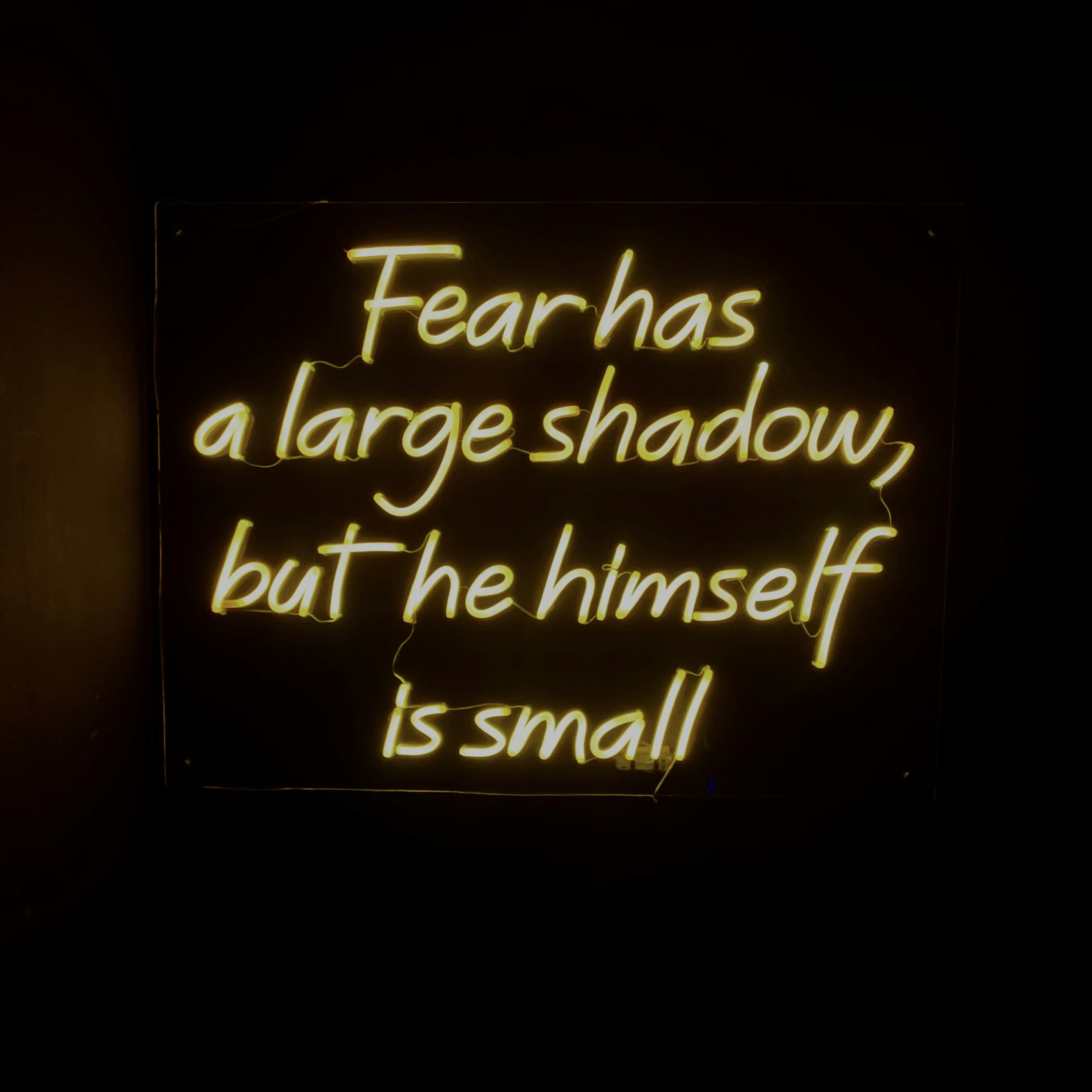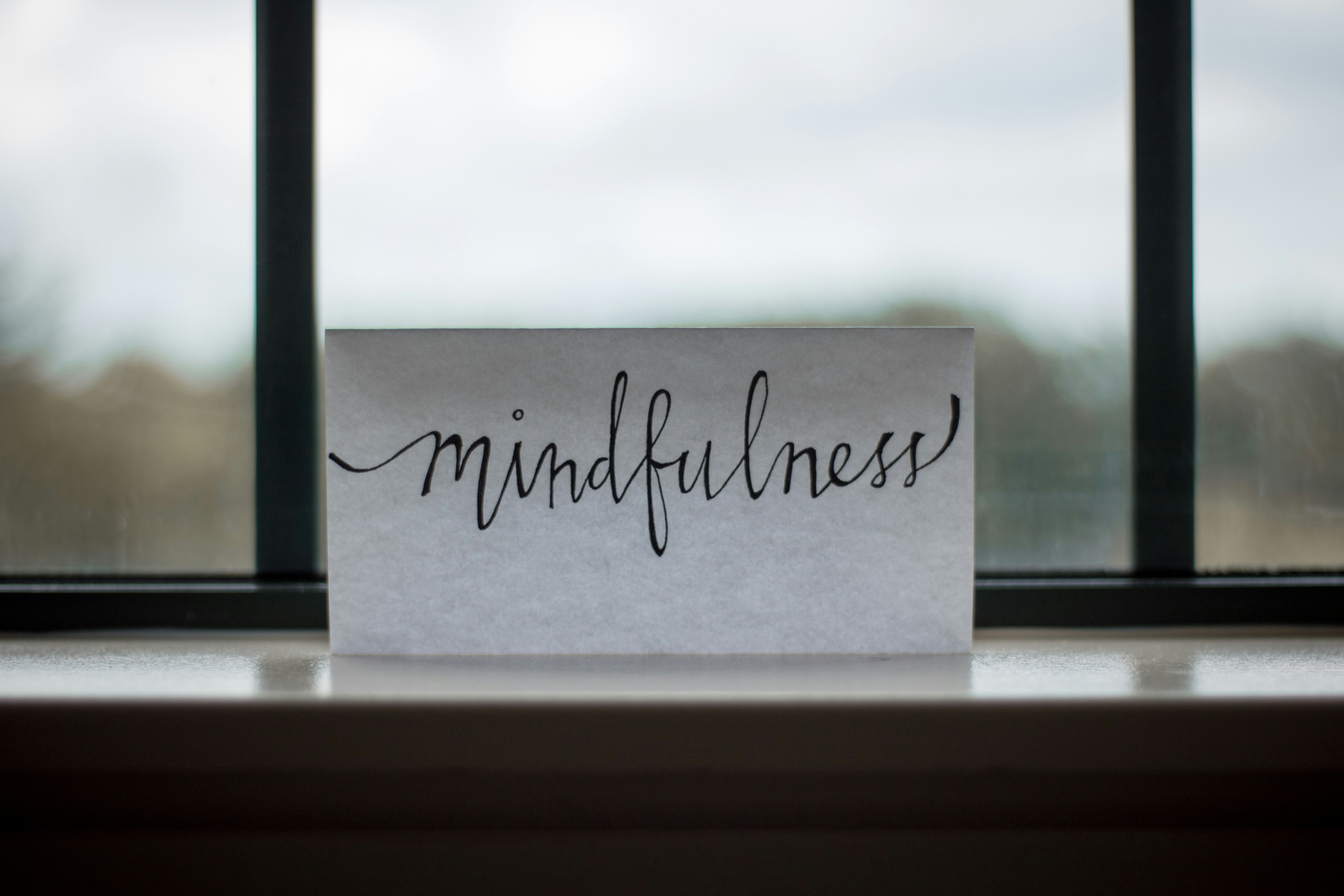
Understanding the Fight-or-Flight Response
The fight-or-flight response is a physiological reaction that occurs in response to perceived threats or danger. This adaptive mechanism, developed through evolution, enables individuals to react quickly to life-threatening situations. When faced with a stressor, the body undergoes a series of involuntary changes. The sympathetic nervous system is activated, leading to the release of stress hormones such as adrenaline and cortisol. These hormones prepare the body for immediate action, enhancing physical capabilities and enabling quick decision-making.
Historically, this response has been critical for survival. Early humans relied on this innate ability to either confront a predator (fight) or flee from danger (flight). The effects of this response can be observed in several physiological changes, including increased heart rate, heightened senses, and a surge of energy. These changes allow for improved physical performance in stressful situations, thereby increasing the chances of survival. However, in modern times, the consistent activation of this response can lead to various health issues, as threats are often psychological rather than physical.
In situations perceived as threatening, even if they do not pose immediate danger, the brain tends to misinterpret signals, triggering the fight-or-flight mode frequently. This misinterpretation can stem from past traumatic experiences, ongoing stressors, or anxiety disorders. As a result, individuals might find themselves in a constant state of hypervigilance, reacting as though they are under consistent threat, which can have detrimental effects on both mental and physical health. Thus, understanding the intricacies of the fight-or-flight response, including its triggers and outcomes, is essential for addressing the ramifications of living in a state of heightened alertness.
The Role of the Limbic System
The limbic system is a complex set of structures located in the brain, playing a crucial role in regulating emotional responses, particularly those related to fear and stress. It encompasses several key components, including the amygdala, hippocampus, and hypothalamus, each contributing to the overall function of the system. The amygdala, for instance, is primarily responsible for detecting threats and eliciting fear responses. This process is foundational to understanding why some individuals may feel ‘always on guard’ even in environments that are ostensibly safe.
When faced with a perceived threat, the amygdala triggers the body’s fight-or-flight response, activating various physiological changes such as increased heart rate, heightened alertness, and other stress responses. This reaction is crucial for survival; however, in cases where individuals have experienced traumatic events, the limbic system can become overly sensitized. The memories of past traumas are often stored in the hippocampus, which works in conjunction with the amygdala. These memories can inadvertently trigger fear responses in situations that may not present any real danger, leading to an ongoing sense of vigilance or hyper-awareness.
Moreover, this heightened state of readiness can persist long after the initial trauma has occurred, leading individuals to interpret benign circumstances as threatening. Factors such as past experiences, environmental stressors, and even genetic predispositions can influence the limbic system’s response to stress, resulting in an ingrained ‘always on guard’ sensation. Therefore, the limbic system plays a pivotal role in how emotions are processed and regulated, shaping one’s perceptions of safety in their environment. Understanding this connection is essential in addressing feelings of chronic anxiety and fear, providing insights into potential therapeutic interventions.
The Impact of Modern Life on Stress Response
In recent years, the pace of modern life has accelerated dramatically, leading to a pervasive sense of stress among individuals. This contemporary lifestyle, characterized by relentless demands and a constant influx of information, can trigger the body’s natural stress response. Unlike historical threats that often presented tangible dangers, modern stressors are more abstract and can stem from various sources such as work pressures, financial difficulties, and social expectations. These stressors can overwhelm the individual, activating the fight-or-flight response even in safe environments.
Technological advancements have contributed significantly to this phenomenon. With the advent of smartphones, social media, and the internet, individuals are continually connected and bombarded by notifications, news, and information. This relentless connectivity can create a perception that one is perpetually on duty, leading to difficulty in disengaging from work or personal responsibilities. As a result, the brain and body remain in a heightened state of alertness, mistaking everyday challenges for immediate threats. In this environment, the body’s cortisol levels may rise, contributing to chronic stress and anxiety.
Furthermore, the comparison culture fostered by social media can exacerbate feelings of inadequacy and insecurity. Individuals often find themselves in a cycle of comparison, leading to increased pressure to achieve unrealistic standards. This, in turn, may fuel an ongoing sense of unease, keeping them in a constant state of hyper-vigilance. Unlike the immediate dangers faced by our ancestors, these modern stressors are unrelenting and often lack a clear resolution, further compounding the fight-or-flight response and making it difficult for individuals to feel secure even in otherwise safe circumstances.
Identifying Triggers of Hypervigilance
Understanding hypervigilance begins with recognizing the various triggers that can provoke a fight-or-flight response. These triggers can be categorized into internal and external factors that contribute to a heightened state of alertness. Internal triggers often arise from thought patterns rooted in past experiences, particularly trauma, anxiety, or conflict. For instance, individuals who have encountered threatening situations may frequently replay these memories, resulting in lasting psychological discomfort that maintains a state of readiness against perceived dangers.
Internal thought patterns that heighten hypervigilance may include negative self-talk, obsessive worry about potential threats, or a general sense of impending doom. Such cognitive distortions not only exacerbate feelings of anxiety but can also create a feedback loop, reinforcing the hypervigilant state. Recognizing these harmful thoughts is vital, as it allows individuals to challenge and reframe them, reducing their impact on overall mental health.
On the other hand, external triggers can be just as influential in maintaining a hypervigilant state. Environmental factors such as loud noises, crowded spaces, or chaotic surroundings can stimulate a fight-or-flight response. Similarly, social situations, including interactions with aggressive individuals or witnessing others experiencing distress, can heighten an individual’s sense of threat. For example, being in a location that evokes memories of trauma can trigger discomfort and anxiety, prompting a defensive mindset.
To effectively manage hypervigilance, it is crucial to become aware of both internal and external triggers. This awareness enables individuals to develop coping strategies that diminish the influence of these triggers, ultimately promoting a sense of safety and relaxation. Mindfulness practices, cognitive-behavioral techniques, and environmental adjustments may serve as effective tools in mitigating the effects of hypervigilance.
The Psychological Effects of Staying ‘On Guard’
Remaining in a constant state of hypervigilance can have profound psychological effects, significantly impacting an individual’s mental health and quality of life. Chronic hypervigilance is often linked with anxiety disorders, as individuals in this heightened state may experience incessant worry and heightened sensitivity to their environment. This persistent alertness may lead to overwhelming feelings of fear or apprehension, further exacerbating anxiety levels and potentially resulting in panic attacks.
Moreover, the psychological toll of living ‘on guard’ can extend to developing or intensifying depressive symptoms. Individuals may feel emotionally drained due to their body’s and mind’s relentless stress response, manifesting as a sense of hopelessness or fatigue. The chronic stress associated with this state may also contribute to cognitive impairments, such as difficulties with concentration, memory, and decision-making. The brain, functioning at an elevated state of alertness, may struggle to maintain focus on daily tasks, leading to decreased performance in both personal and professional realms.
This constant state of readiness can also result in social withdrawal, as individuals may feel anxious about engaging with others or participating in social situations. The fear of potential threats, even if unfounded, can lead to isolation, further impacting interpersonal relationships and overall social support networks. Over time, the combination of anxiety, depression, and cognitive impairment can create a cycle that diminishes one’s overall quality of life, creating barriers to engagement and fulfillment.
Understanding the psychological effects of being ‘on guard’ is crucial. Recognizing the symptoms and repercussions can lead to seeking appropriate interventions, such as therapy or stress management techniques, ultimately aiding in breaking free from this debilitating cycle and fostering a healthier mental state.
Physical Health Consequences of Chronic Stress
Chronic stress, often manifesting as an ongoing state of fight-or-flight, can lead to significant physical health consequences that affect various aspects of well-being. The human body is designed to respond to immediate threats through a series of physiological changes, which are beneficial in short bursts. However, when such responses become a persistent state, they can result in detrimental health issues.
One of the primary concerns associated with chronic stress is cardiovascular health. Prolonged periods of heightened stress lead to increased heart rate and blood pressure, mechanisms originally intended to prepare the body for immediate physical action. Over time, this can contribute to the development of conditions such as hypertension, heart disease, and even strokes. The constant release of stress hormones like cortisol and adrenaline can damage blood vessels and promote inflammation, ultimately impacting overall heart health.
Furthermore, the immune system is significantly affected by chronic stress. Research indicates that ongoing stress can lead to immune system dysfunction, making individuals more susceptible to infections and illnesses. The body’s ability to produce adequate immune response is compromised, leading to longer recovery times and higher rates of disease. This weakened state can evolve into chronic inflammatory conditions and autoimmune diseases, highlighting the profound impact of stress on physical health.
Other health ramifications stemming from prolonged fight-or-flight responses include gastrointestinal issues, such as irritable bowel syndrome (IBS) and ulcer formation. Stress can disrupt normal digestive processes and lead to various disorders, compounding the physical toll on the individual. It’s crucial to address these consequences through stress management techniques and healthy lifestyle choices to mitigate their effects on physical health.
Techniques to Break the Cycle of Hypervigilance
Individuals experiencing hypervigilance often find themselves repeatedly trapped in a cycle of heightened alertness, anxiety, and emotional turmoil. To effectively break free from this persistent state, it is essential to incorporate specific strategies that promote relaxation and a sense of safety. Mindfulness practices are among the most beneficial tools in helping individuals cultivate present-moment awareness and decrease ongoing stress levels. By engaging in mindfulness meditation, practitioners can observe their thoughts and sensations without judgment, allowing them to disengage from the fight-or-flight response that may be overwhelming them.
Furthermore, incorporating breathing exercises into daily routines can significantly assist individuals in managing their hypervigilance. Techniques such as deep diaphragmatic breathing or the 4-7-8 method can activate the body’s relaxation response. These exercises encourage slower, more mindful breaths and promote a physiological shift away from the sympathetic nervous system (responsible for fight-or-flight) towards the parasympathetic system (responsible for rest and relaxation). Regularly practicing these techniques can help decrease feelings of anxiety and encourage a deeper sense of calm.
Lifestyle changes are also critical in mitigating hypervigilance. Engaging in regular physical activity, ensuring a balanced diet, and prioritizing adequate sleep can significantly contribute to overall well-being. Movement can stimulate the release of feel-good hormones, while proper nutrition fuels the body and mind. Additionally, quality sleep is vital for emotional regulation and cognitive function, essential components in reducing hypervigilant tendencies. Establishing these healthy habits may assist individuals in fostering resilience and maintaining emotional balance.
By integrating these strategies—mindfulness practices, breathing techniques, and positive lifestyle modifications—individuals can gradually diminish their chronic state of hypervigilance, promoting a healthier relationship with themselves and their environment.
Creating a Safe Environment
Establishing a safe environment is essential for promoting psychological well-being and mitigating the impacts of persistent hypervigilance. A safe environment encompasses both physical and emotional aspects, allowing individuals to experience comfort and security. The creation of such spaces can be facilitated through specific strategies that address both personal and communal areas.
In the home, the formulation of a supportive atmosphere can begin with decluttering and organizing spaces. A serene and orderly environment can significantly reduce stress and promote relaxation. Soft lighting, comfortable furniture, and calming colors can contribute to an inviting ambiance. Incorporating elements like plants or nature-inspired decor may further enhance feelings of safety and connection with the natural world, fostering emotional tranquility.
To enhance physical safety, it is advisable to install security measures such as sturdy locks, outdoor lighting, and possibly alarm systems. These elements not only provide tangible security but also enhance the sense of safety that residents feel, thereby decreasing hypervigilance. Regular maintenance of the surroundings is crucial, as a well-kept environment instills a sense of order and predictability, both of which are essential for emotional security.
Beyond the home, the social environment plays a pivotal role in nurturing feelings of safety. Cultivating supportive relationships with friends and family can provide emotional reassurance. Engaging in community activities and creating social networks can foster a sense of belonging, which is essential for combating feelings of isolation and anxiety. Open communication with trusted individuals also allows for discussions about fears and anxieties, reinforcing supportive relationships and reducing the instinctual fight-or-flight response.
By utilizing these strategies to create safe environments, individuals can help alleviate hypervigilance and promote a more balanced state of mind, conducive to overall mental health and well-being.
When to Seek Professional Help
Recognizing the appropriate time to seek professional assistance for hypervigilance and related mental health issues is crucial for recovery and well-being. Unfortunately, many individuals may remain unaware of the deterioration in their emotional state, remaining trapped in a cycle of anxiety and stress. However, there are specific indicators that suggest it might be time to obtain therapy or counseling.
Firstly, if hypervigilance begins to impede daily functioning—such as affecting relationships, work performance, or social engagement—it is advisable to consult with a mental health professional. Persistent anxiety, feelings of helplessness, or an overwhelming sense of dread, especially if these emotions are unmanageable, warrant professional intervention. Being on constant alert can lead to exhaustion and can severely impact one’s quality of life, making it essential to recognize the signs of distress.
Secondly, if individuals find themselves relying on unhealthy coping mechanisms, such as substance abuse or social withdrawal, it is crucial to seek help. Such behaviors often compound the existing issues, leading to further isolation and distress. A trained therapist can provide individuals with tools to manage these responses more effectively, promoting healthier strategies for coping with stress and anxiety.
Additionally, various therapeutic methods can effectively address hypervigilance and its interconnected concerns. Cognitive-behavioral therapy (CBT) has proven beneficial in helping individuals reframe negative thought patterns, while mindfulness practices can aid in grounding oneself in the present moment. Exposure therapy may also be utilized to gradually reduce sensitivity to triggers.
In conclusion, determining when to seek professional help can make a significant difference in managing hypervigilance and improving mental health. If symptoms escalate, it is always better to err on the side of caution and consider consulting with a mental health professional for guidance and support.







